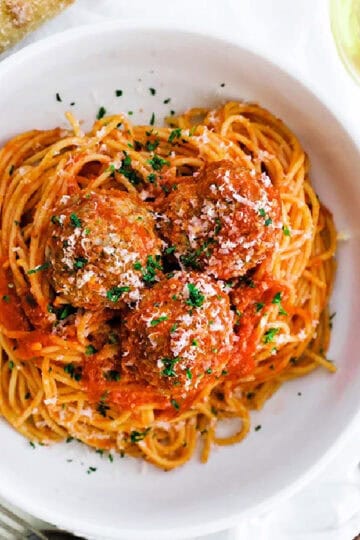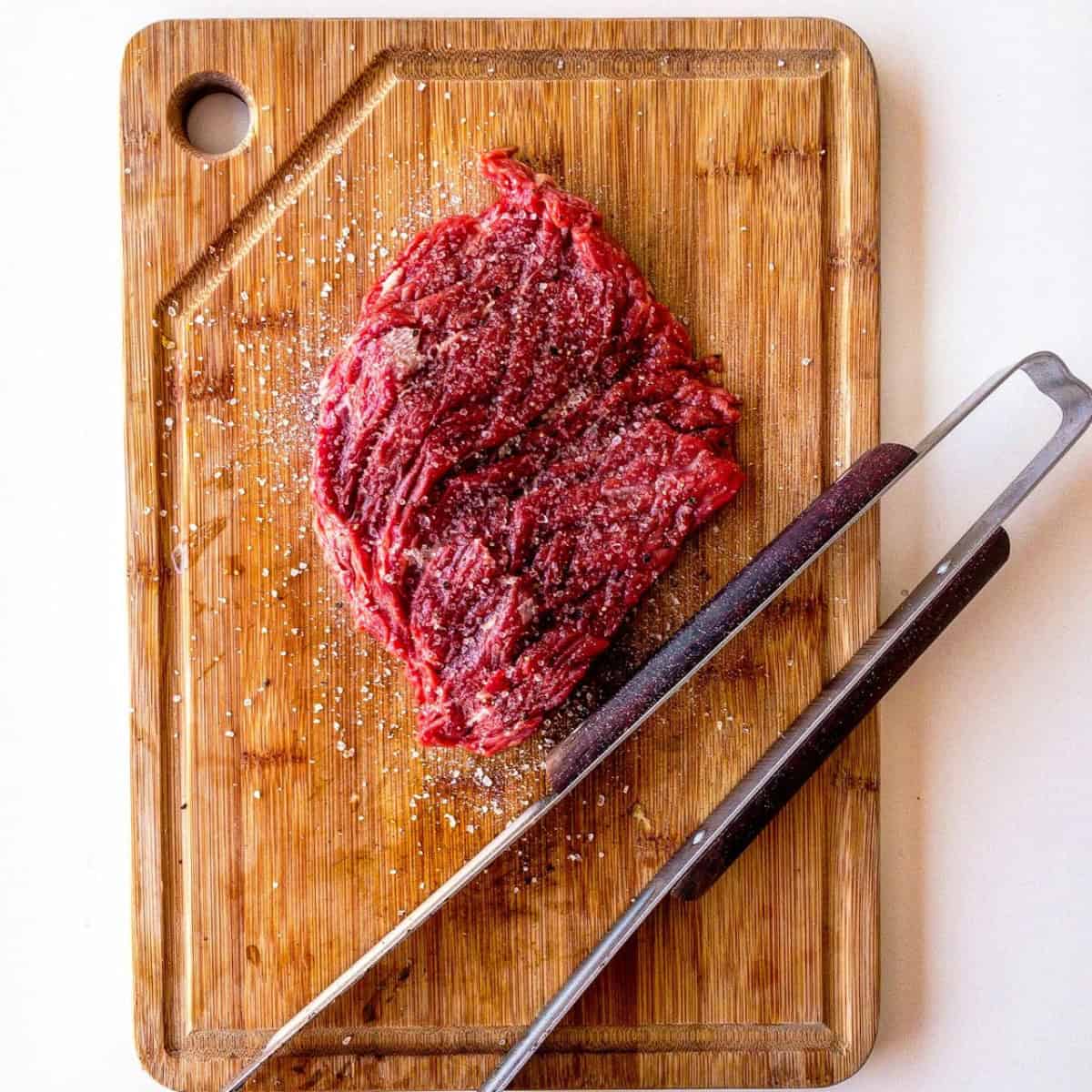Dining out is a multimodal experience that involves users’ sight, smell, and even touch in addition to their taste receptors. The menu is a vital middleman in this complex interaction of sensations, directing customers over the gastronomic possibilities and creating anticipation for the next meal.
Though it might go unseen, the menu cover quietly shapes the tone of the whole gastronomic adventure. It is the first physical point of contact; it is the first visual signal that captures the spirit of the restaurant and prepares the gastronomic adventure that lies ahead.
From the first impression they produce to their effect on perceived value and the overall environment of the restaurant, this article will look at the several ways menu covers affect the eating experience.
Material Matters: Sensual Notes Affecting Perception
Customer impressions are shaped in great part by touch, which is often underappreciated. Different emotional and psychological reactions are produced by a soft suede finish, a sleek metal surface, or a rustic wooden board. Even before they order, these tactile signals affect how guests view the food and service quality.
Studies in sensory marketing reveal that materials and textures linked with luxury and quality typically increase perceived value—that means customers might expect (and be more ready to pay for) premium foods while holding a premium-feeling menu cover.
Customer Retention and Tactile Memory
The tactile feel of a menu cover can become a memorable feature that sticks with a customer long after their dinner. Beyond the physical texture, the weight, temperature, and menu handling all help the customer unconsciously evaluate the quality of the establishment. Menu covers can also be deliberately employed to set thematic or nostalgic links.
While a minimalist, cool-touch metallic menu might support a modern, cutting-edge concept, a rustic leather-bound menu in a vintage-style café can inspire authenticity and heritage. Sensual components that complement a restaurant's concept help to build the brand recall in the customer's mind.
Sustainable Messages
Sustainable design features can help to improve the brand image of a restaurant as more customers become ecologically sensitive.
Using recyclable materials or marked menu covers is environmentally friendly and will appeal to customers who prioritize sustainability. These minute elements can affect not only the dining choice but also consumers' overall brand loyalty based on their moral standards.
Design Element Storytelling for Brand Development
A well-made menu cover tells a tale rather than only serves to guard its contents. Menu covers provide a visual sample of the restaurant's personality and beliefs using color schemes, typeography, images, and even layout decisions.
While a farm-to-table bistro would choose earthy tones and natural fiber materials, a seafood restaurant might integrate oceanic colours, nautical rope textures, or marine images.
Personalization's Emotional Connection
One such way to establish an emotional connection is with custom menu covers. Restaurants that customize meals for holidays, anniversaries, or private parties show consideration and attention.
Little touches like adding a guest's name or a themed cover for a particular occasion can help customers feel appreciated and strengthen their emotional bond to the business. This firsthand knowledge helps to make a visit more unforgettable and emotionally fulfilling.
Within the complex realm of the eating experience, the menu cover is a minor element with a great impact. Thus, the menu cover is not only a protective sleeve but also a natural component of the overall dining experience.





Leave a Reply